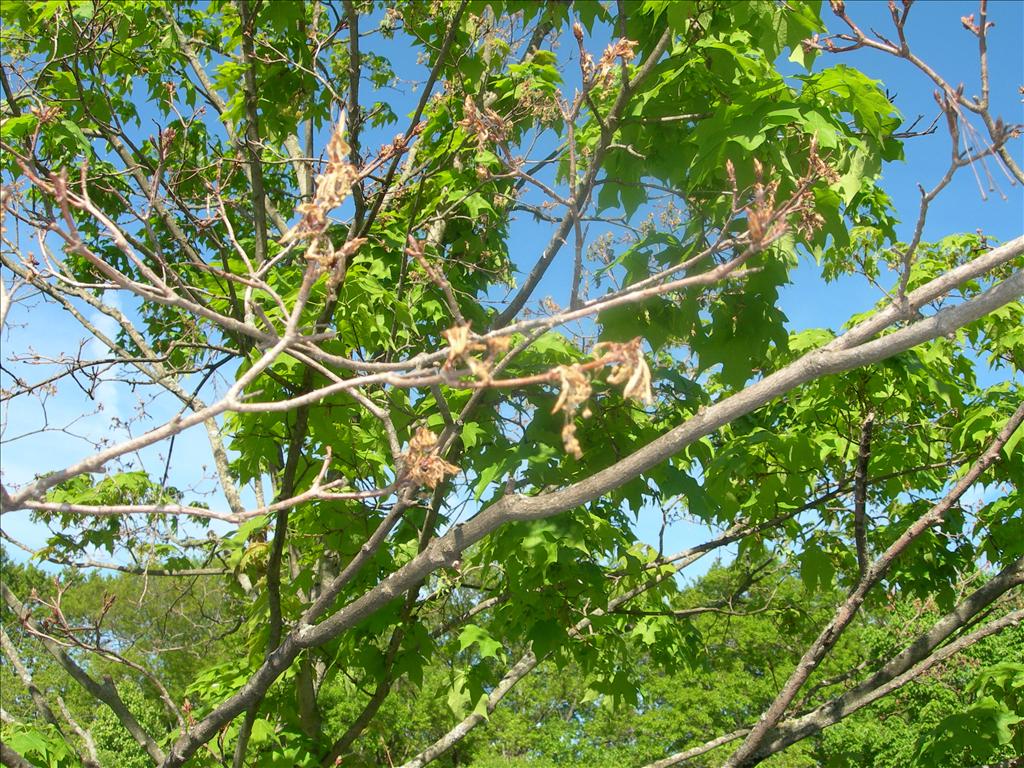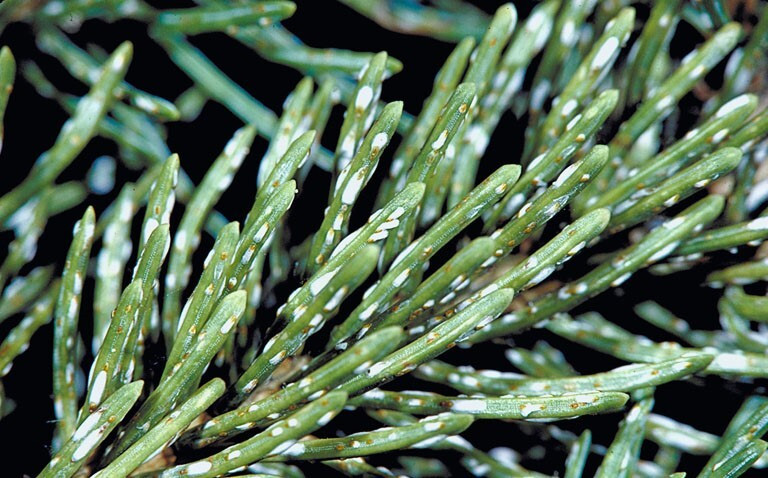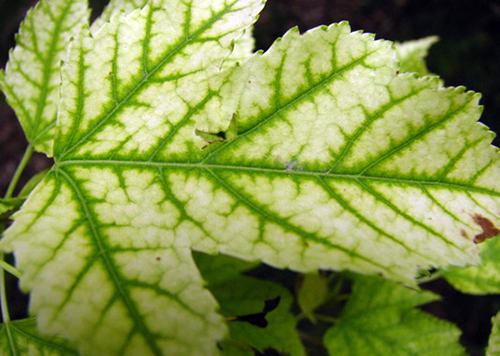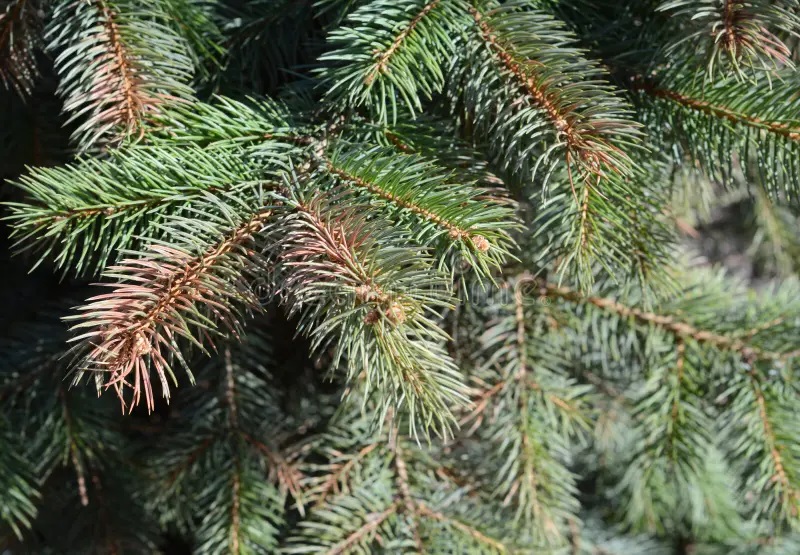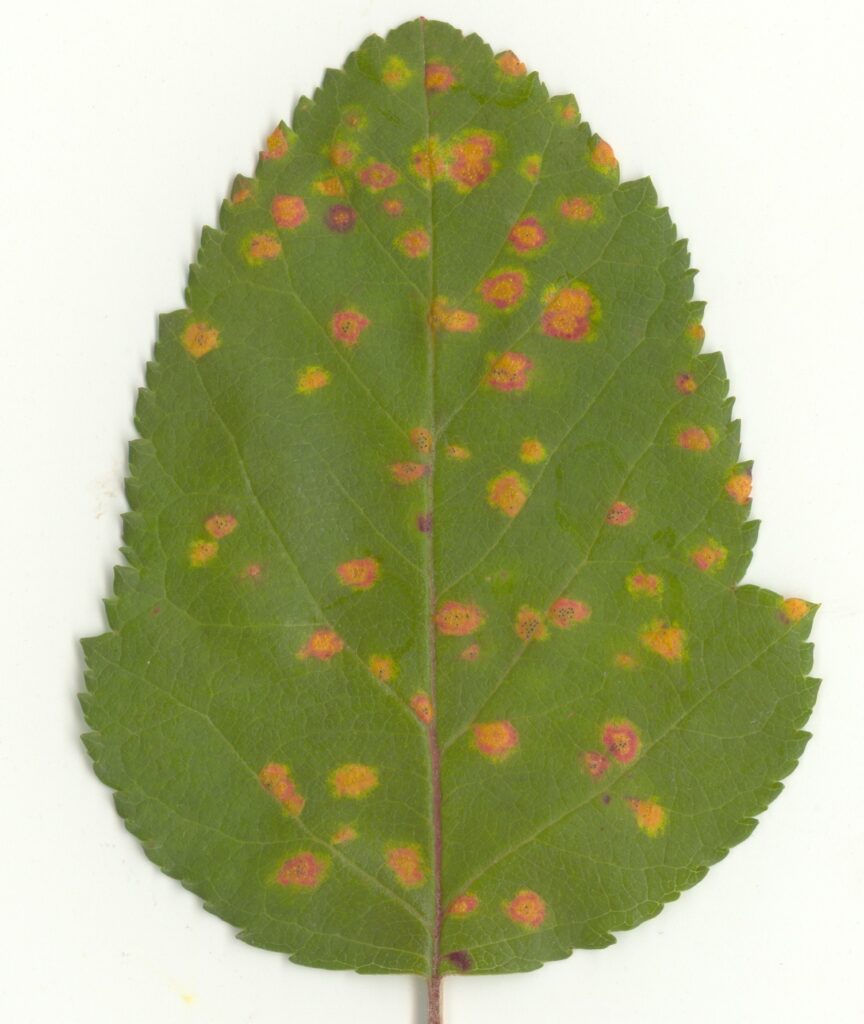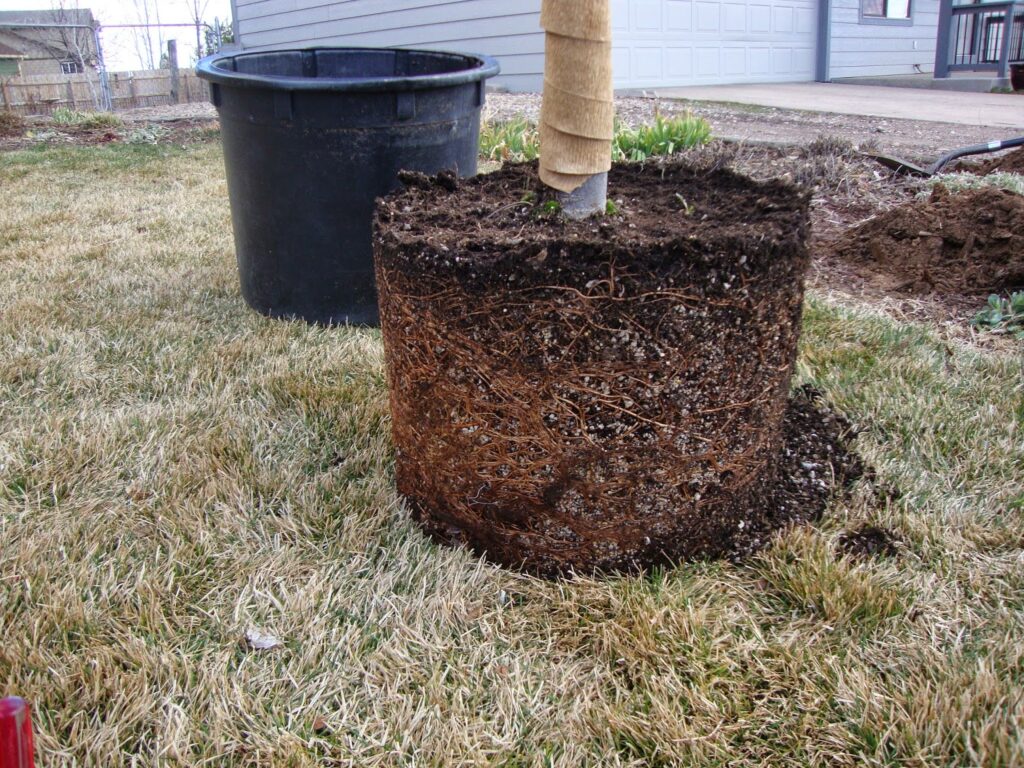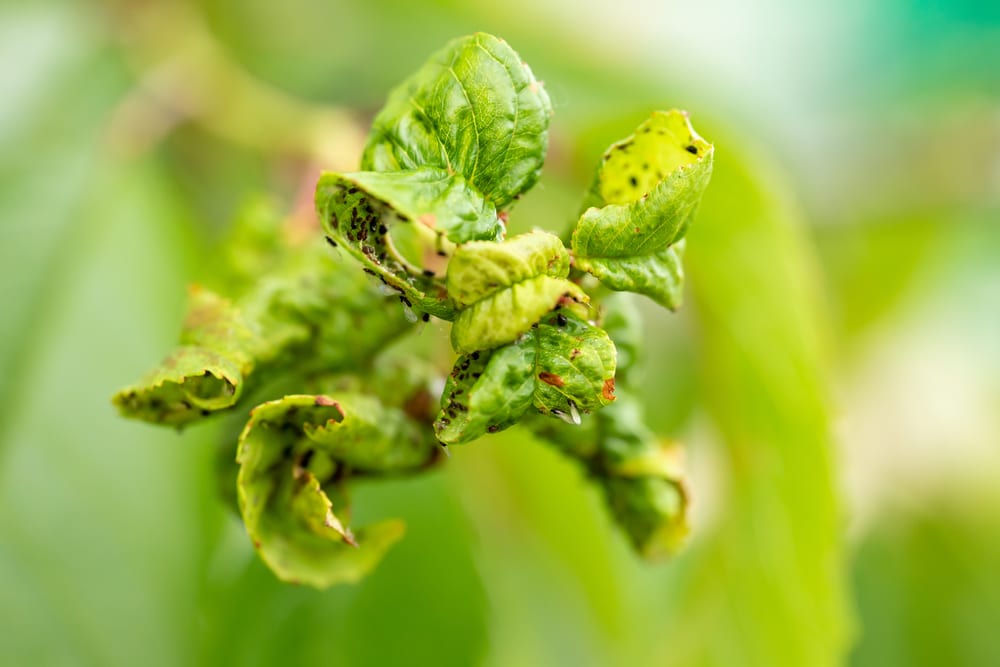When it comes to jazzing up your outdoor space with some unique planters, the possibilities are endless! You can get creative by repurposing all sorts of stuff you might otherwise toss out. Think old tires that can be stacked up and painted to make a colorful tower of greenery. Or how about those wooden pallets you’ve got lying around? They make perfect vertical gardens or raised beds for your favorite herbs and veggies.
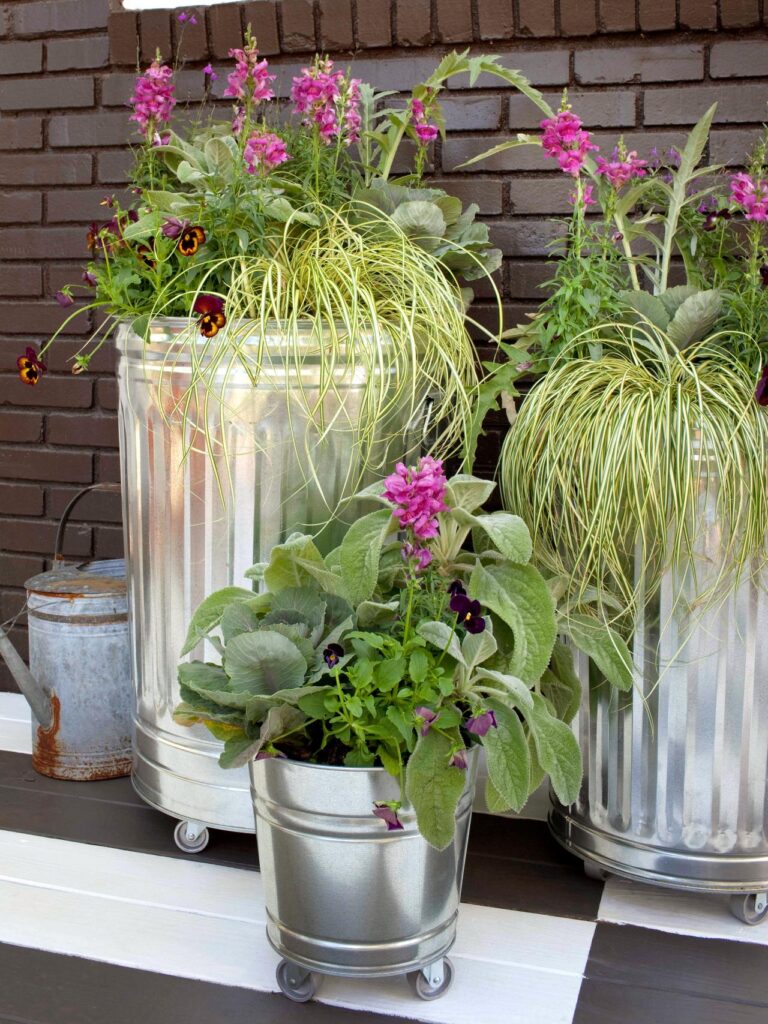
And don’t forget about those buckets or barrels collecting dust in the garage. With a few drainage holes drilled in the bottom, they’re ready to be filled with soil and transformed into rustic planters. Even broken wheelbarrows or wagons can find new life as charming homes for your plants.
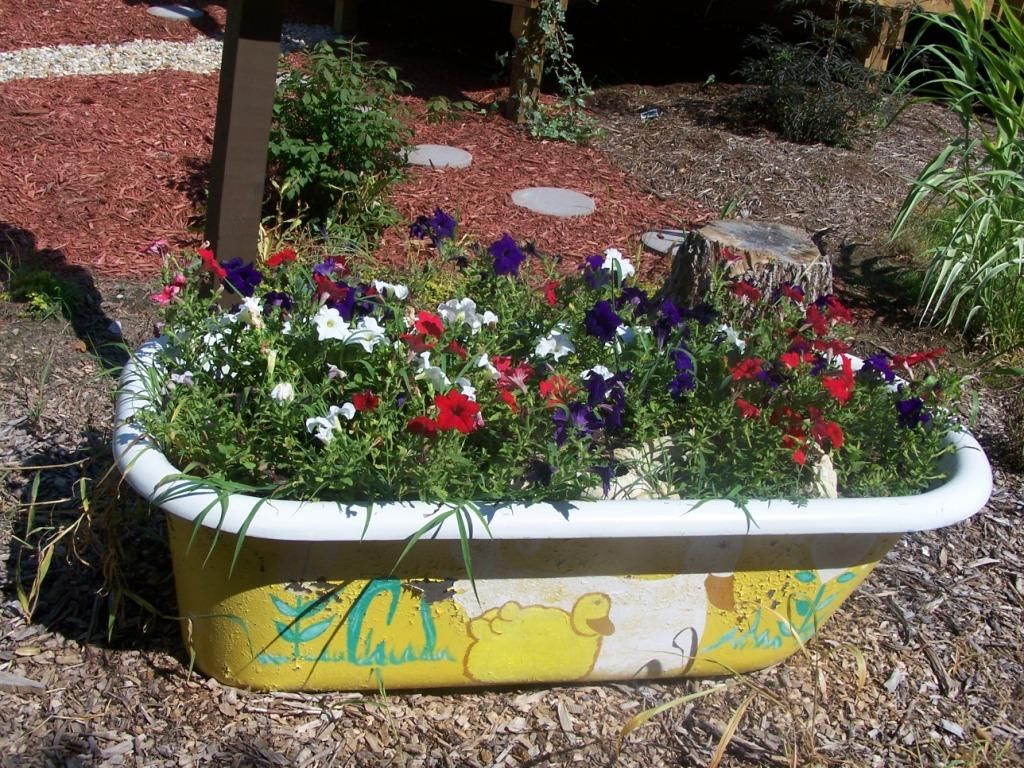
If you’re into a vintage vibe, why not turn an old bathtub or sink into a lush oasis? They provide plenty of room for all sorts of plants and add a real touch of whimsy to your garden.

And hey, don’t overlook your old furniture! Is that dresser missing a few drawers? Fill it up with soil and plant away! Or take the seat off that rickety old chair and replace it with a planter box for a quirky twist.
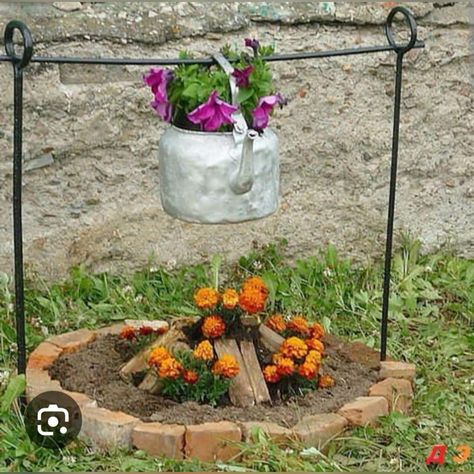
Feeling adventurous? Raid your kitchen for pots, pans, colanders, or even teapots that can double as planters. It’s a fun way to add some personality to your garden while reducing waste.

And let’s not forget about bricks or concrete blocks – stack ’em up to create raised beds or planters with an industrial chic vibe.
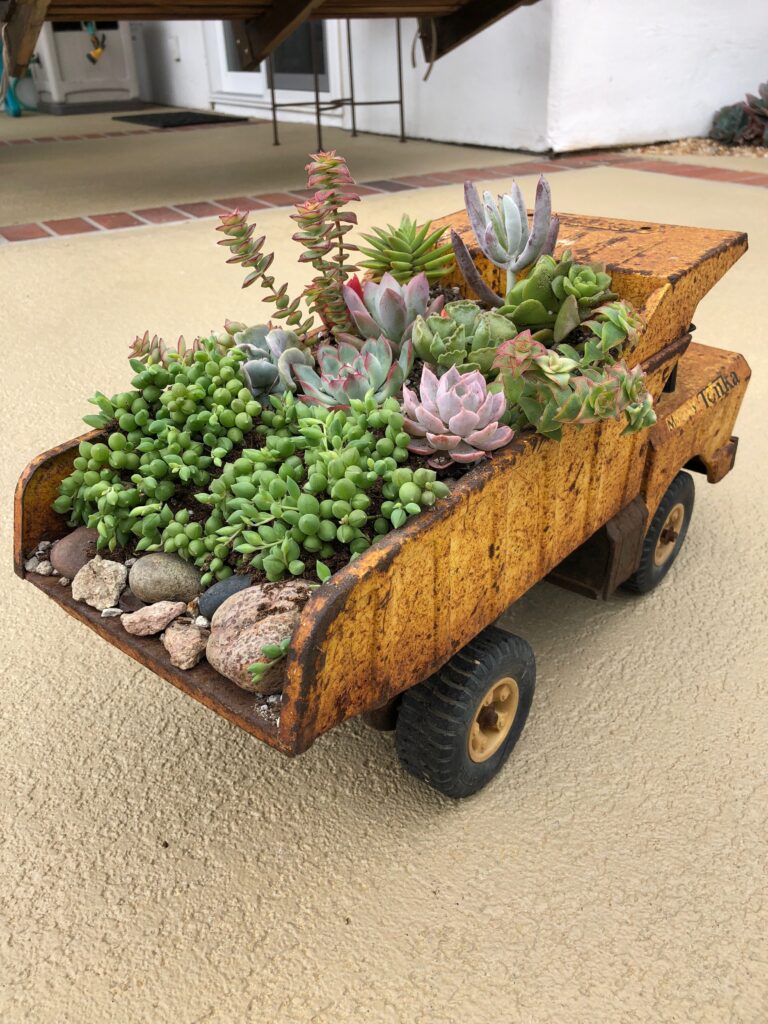
So go ahead, get creative with your junk, and give your outdoor space a fresh new look with some unique planters!

